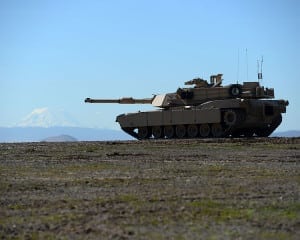
The Marine Corps’ plan to redesign its force by 2030 will include eliminating its tank battalions and cutting artillery cannon batteries, while massively boosting investments in long-range precision fires and unmanned systems. Initial details of the Marine Corps’ force design plan released on Monday sets the path for the next 10 years of retooling toward “naval expeditionary warfare in actively contested spaces” and building a lighter force capable of meeting future challenges against peer competitors such as China. “The Marine…

 By
By 










